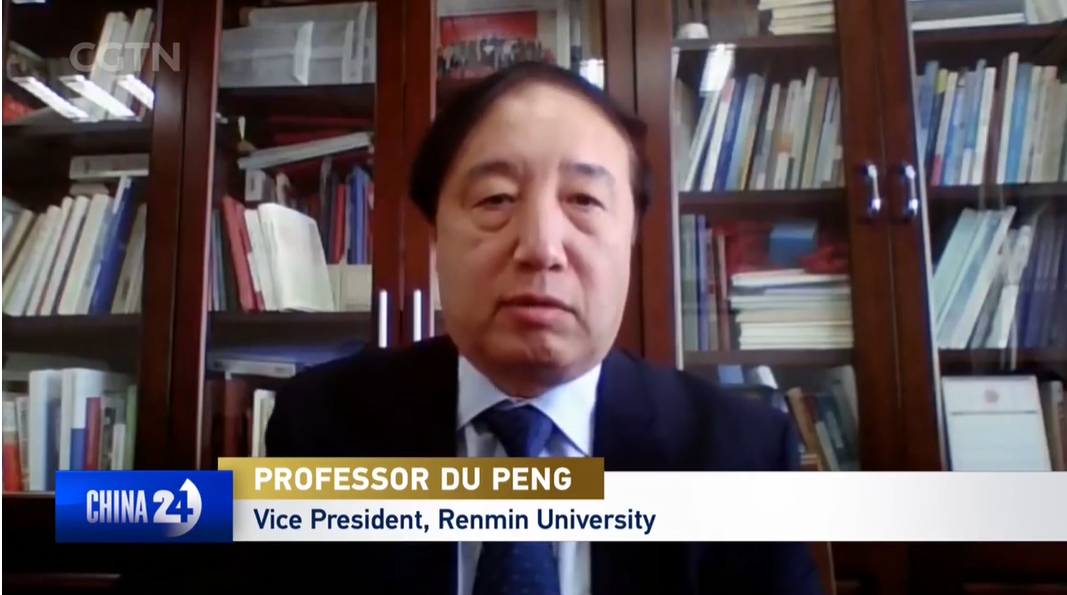According to the National Bureau of Statistics on January 17, China's total population has decreased. At the end of 2022, the national population (including the population of 31 provinces, autonomous regions, municipalities directly under the Central Government and active military personnel, excluding residents of Hong Kong, Macao, Taiwan and foreigners residing in 31 provinces, autonomous regions and municipalities directly under the Central Government) was 141.75 million, down 850,000 from the end of the previous year. The annual birth population was 9.56 million, with a birth rate of 6.77‰; the death population was 10.41 million, with a death rate of 7.37‰; the natural population growth rate was -0.60‰.
CGTN's Gao Ang talked to an expert to find out the reasons behind the drop and how the trend will impact social and economic development.
For the first time in decades, China's population in decline. Long-term low fertility rates, as well as high cost of living are behind the negative growth according to one expert.
According to Professor Du Peng, Vice President of Renmin University of China, "By now, more than 60 countries, they already have the negative population growth in the world. So we all face the challenges similar. So the challenge first is the population aging. The second is the shrinking size of the labor force. And the third, maybe the raising cost of medical care, long term care in the future."

To encourage couples to have kids, some regions like Shenzhen have started offering incentives such as cash allowances.
Professor Du said tax cuts, affordable housing and more friendly work environments could also help. As well as support for the huge numbers of migrant workers and those born after the 1960s.
"So whether we can have a new system, new institutions to encourage them, so that to empower them with lifelong learning, or the opportunities for the job, or the social participation, volunteering, or something like that. If you look at the current policy after the retirement age, if they want to take a new job, it's not supportive policy for them, we need to change that to balance, to counteract the shrinking labor force," said Proefssor Du.
He said negative population growth will remain a long term trend as the country ages. And this shift could bring China to reflect on its policy focus and growth mode.
"We need to shift from the development model, because we have a shrinking labor force, but we have much higher education background. How to play the role of the educational dividend for further development and not just focus on the labor force number to keep the economic growth."
GAO ANG Beijing "As for encouraging
families to have more kids, Professor Du says support and incentives should
cover not just the young or the elderly but all family members. He said
measures to manage salaries and even reduce taxes can help young couples find
the balance between developing their careers and raising children. GA, CGTN,
Beijing."
Resource(s): CGTN



